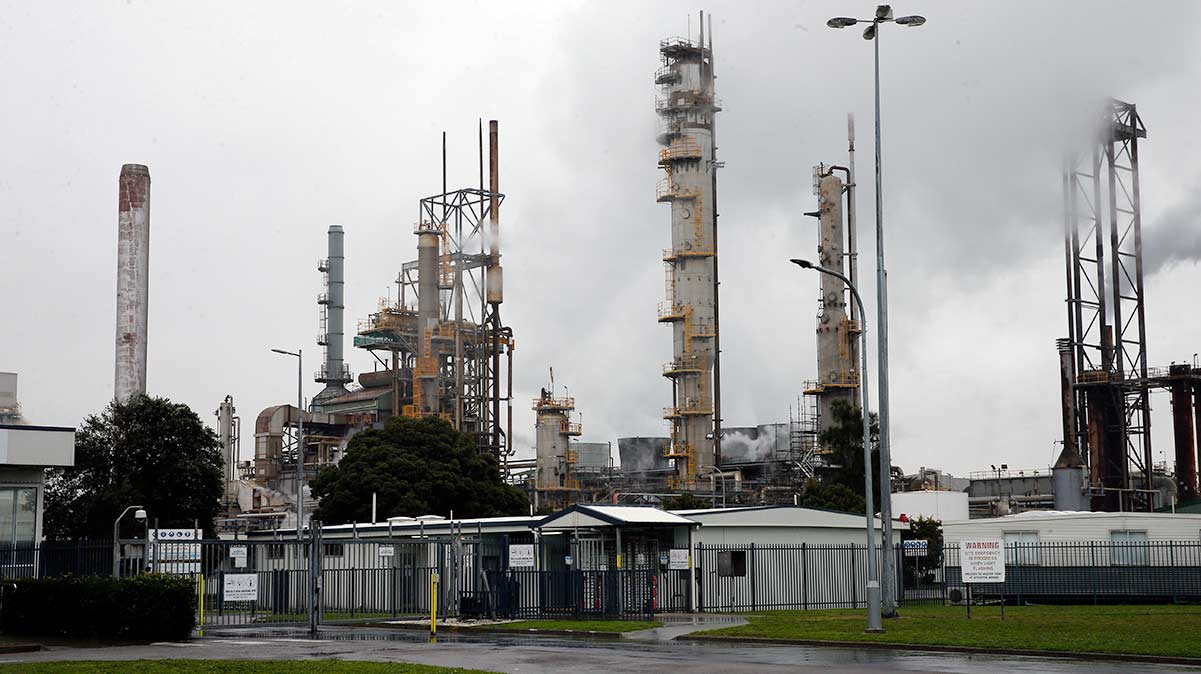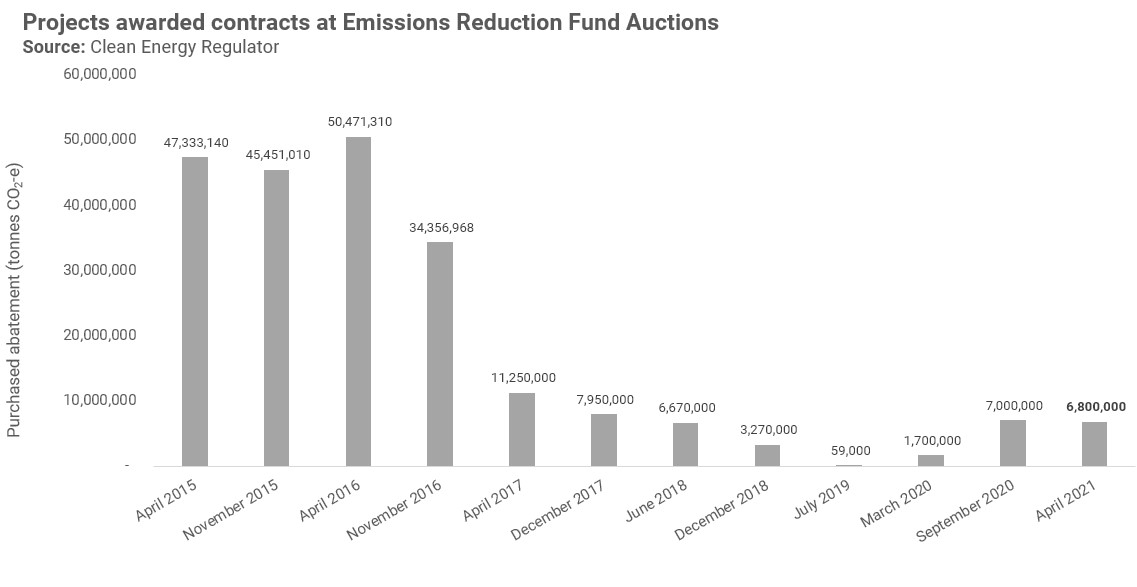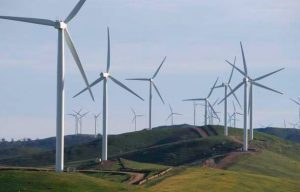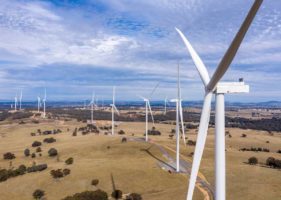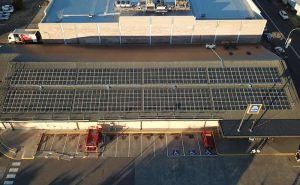Upgrades to facilities producing explosives for the resources sector has secured almost half of the abatement contracts awarded at the latest Emissions Reduction Fund, the auction of carbon credits introduced by the federal Coalition government.
The Clean Energy Regulator announced the results of the 12th abatement auction on Friday, securing contracts for 6.8 million tonnes of carbon abatement across ten projects.
The volume was down from the 7 million tonnes secured at its last Emissions Reduction Fund auction held in September last year, and saw just one project, the Orica Kooragang Island Decarbonisation Project, secure half of the volume contracted.
The regulator paid an average price of $15.99 per tonne for the abatement, committing a total of $108 million to purchase the emissions reductions, with emissions reductions to be delivered over the next ten years.
Mining explosives producer Orica secured contracts to deliver 3.37 million tonnes of abatement. Orica proposed to invest in new equipment at the Kooragang Island factory, located in Newcastle, which produces ammonia, nitric acid and ammonium nitrate for use in the resources industry, a facility that produces a potent greenhouse gas in nitrous oxide as a by-product.
Nitrous oxide has a global warming potential that is 265 times stronger than carbon dioxide, and so the ability to prevent its release into the atmosphere can have a substantial impact on emissions.
CER chair David Parker said that while participation on the Emissions Reduction Fund remained subdued compared to earlier auctions, there was a growing demand for emissions reduction projects from the voluntary abatement market.
“We know many registered projects chose not to bid this time,” Parker said. “117 ERF projects registered after the September 2020 auction and are expected to generate tens of millions of tonnes of emissions reductions.
“So there is strong supply coming online to meet existing contracts and growing private demand for Australian carbon credit units (ACCUs). This bodes well for the overall liquidity of the market.”
Almost all of the contracts secured through the 12th Emissions Reduction Fund auction took advantage of the ‘optional delivery’ terms that were recently introduced by the Clean Energy Regulator, shielding projects from any contractual consequences of non-delivery of emissions reductions.
The optional delivery contracts leave projects with the ability to sell their abatement to customers offering higher abatement prices while providing an effective price floor that underpins investment.
At just below $16 per tonne, the average contract prices for abatement secured by the Clean Energy Regulator were the second highest paid at an Emissions Reduction Fund auction.
It follows calls from a number of potential abatement providers for the regulator to offer higher prices on the basis that the supply of cheap abatement had been largely exhausted by the earlier auctions.
Reputex carbon markets analyst Hugh Grossman said the regulator should be open to offering higher prices for abatement to make it attractive for more projects to participate in the fund.
“The opaque design of the ERF has had an impact of the success of the scheme, with the recent slowdown in contracted volumes largely attributed to the voluntary nature of the scheme, the lack of broader demand signals across the market, and the current low ERF price environment, which has failed to incentivise the participation of large volumes of new projects,” Grossman said.
“The Regulator has shown an unwillingness to allow higher contract prices as a means to incentivise participation. Should the regulator accept contracts at higher prices – allowing prices to rise well above $17/t – the handbrake on project registrations could be released, with a higher contract price signal potentially able to incentivise participation from new projects types, such as environmental reforestation, plantation, and soil carbon.”
The Coalition government has entered into $2.5 billion worth of contracts for emissions reductions through the Emissions Reduction Fund since its establishment in 2015, purchasing 205 million tonnes of abatement, mostly through revegetation and avoided land clearing projects.
A total of 66 million tonnes of abatement has been delivered to date, however, the fund has faced criticism for its heavy reliance on projects based on avoided land clearing practises, with critics suggesting it was questionable whether any emissions reductions were achieved by such projects.
The Morrison government is also actively considering opening up the Emissions Reduction fund to carbon capture and storage projects and greater participation by fossil fuel producers, following a controversial review of the program by former Origin Energy chief, and now chair of the Climate Change Authority, Grant King.

